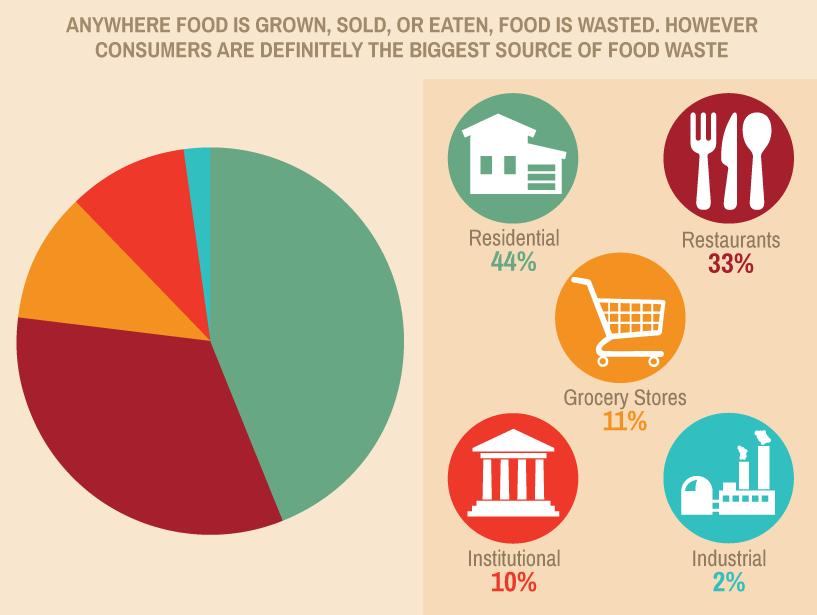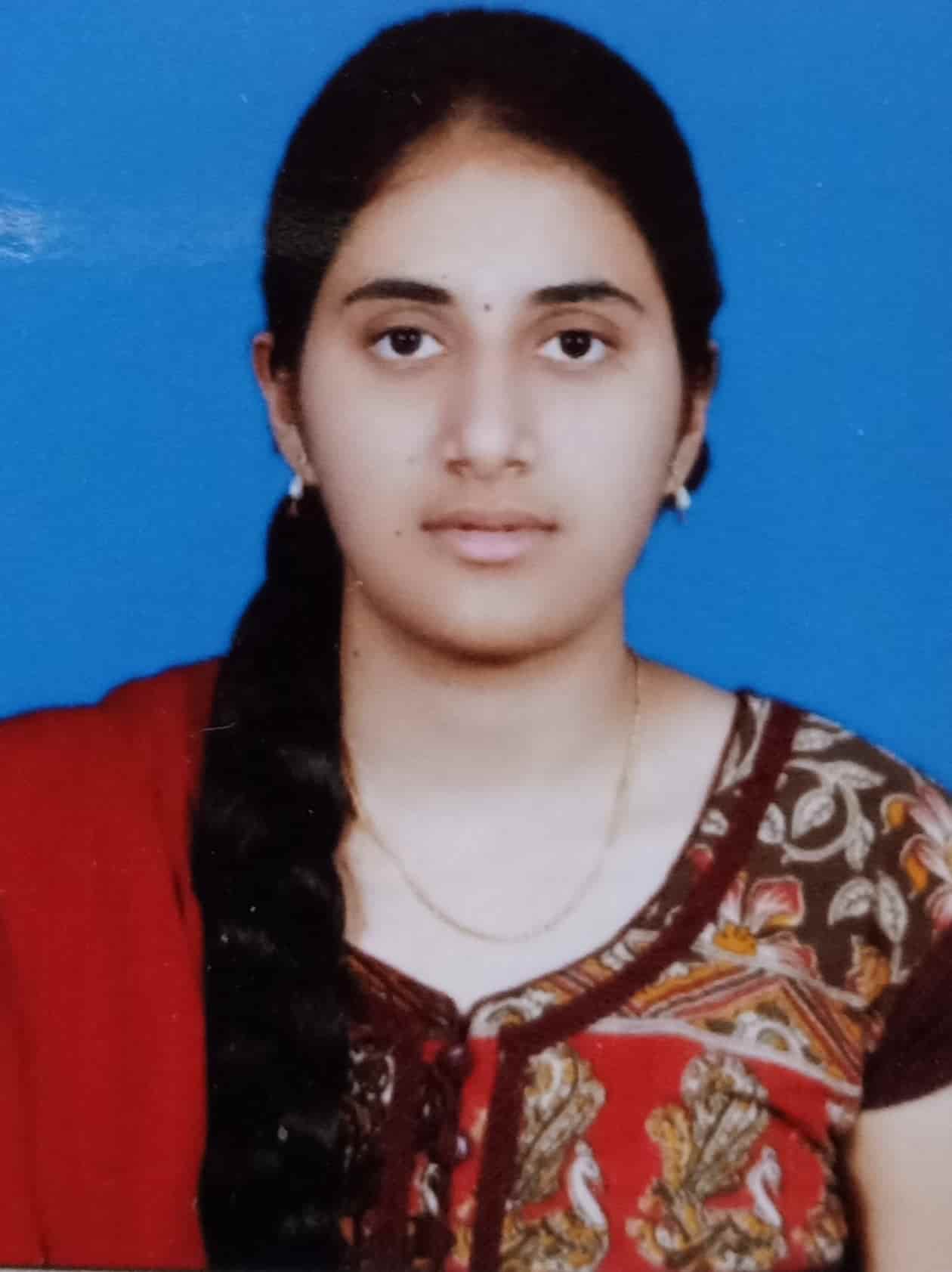The number of hungry people in the world is growing day by day. This article comprises, the true transformational value of IoT which can only be realized if we just light up dark assets.
World hunger has existed for centuries. It’s painfully obvious that the world has a major problem when it comes to wasting food, but that doesn’t mean that it can’t be helped. According to the statistics by the World Food Programme, One in nine people worldwide still do not have enough food to eat. Food waste is horrible for those in the world that are starving.
It’s waste not only adds methane emission to the air but wastes a bunch of money too. Food costs money to grow, to manufacture, to transport, and to sell also. All the money gets wasted,When the food doesn’t get eaten . The money spent on the transportation of the wastage to decompose is also too high. If food waste were a country, it would be the third-largest emitter of greenhouse gases after the US and China.

What is the IoT?
The Internet of Things refers to the physical devices around the world that are now connected to the internet. It’s all about collecting and sharing data. Connecting up all these different objects and adding sensors to them adds a level of digital intelligence to devices. Which enables them to communicate real-time data without involving a human being. The idea of adding sensors and intelligence to basic objects will bring a drastic change in life. The IoT bridges the gap between the digital world and the physical world.
IoT Connected to Food Supply Chain:
Enhancing the yield from Harvesting to storage:
Nearly, 30% to 40% of the food will be lost when it gets reaches the market. This is one of the existing problems in the world. So here IoT can play a prominent role. Where-in it can provide effective and advanced monitoring techniques to inform the farmer well in advance. Therefore this kind of statistic can help us out in choosing the best harvesting and storage methods. Especially for the crops which have high losses like vegetables and fruits. As data gets stored in the cloud, it can be used for further estimations too.
Upgrading the existing distribution network:
Almost 90% of the wasted calories from food are lost during storage and transportation. According to the World Bank estimation. It can make the distribution network more effective and productive. Monitoring and access to real-time data can be done. So that quick and easy decision-making is possible. For example, if vehicle tracking is done then, traffic jams are detected and alternate routes are created. Simultaneously we can monitor the conditions present in the container.
Monitoring system (Track and trace):
A 24/7 monitoring system will prevail for sensitive food. Whenever the temperature is high, then detection with the sensors and alerts takes place. This will reduce the wastage and it can improve the product quality also. This will avoid eating contaminated food and avoid expensive food wastage. Betterment in technology will also enhance the monitoring system.
Improving Food purchasing habits:
Usage of Smart refrigerators can track food quality and quantity. They help us out in alerts. Which helps out to some extent.
Extend the shelf life of produce.
It can enable stores to sell foods that are still good for a longer period by enhanced detection through sensors. For example, all supermarket chains already have a food waste reduction strategy. The IoT can make it exponentially more effective. So that waste of food doesn’t take place.
Surplus Food sharing :
Rather than throw it away, Stores, hotels, restaurants, and other typical food wastage centers give food to local charities and other distribution programmes. With the help of IoT, we can send real-time information, that will help share the food.
With the help of this food, wastage will be reduced and people with a lack of food will be able to get it.
Conclusion:
IoT is powerful and can connect the supply chain to real-time product data. Usage of the Internet of Things will eliminate the main causes of food wastage. This advancement in technologies will surely boost up the food utility results, and reduction in food wastage. Moreover, they improve traceability, allowing everyone to track goods from their point of origin all the way.
NEXT READ: Is Data ever really gone?

My name is Vemula Chandana. I am from Hyderabad , and currently pursuing my BTech degree in Electronics and Communication Engineering in Anurag University.

Leave a Reply